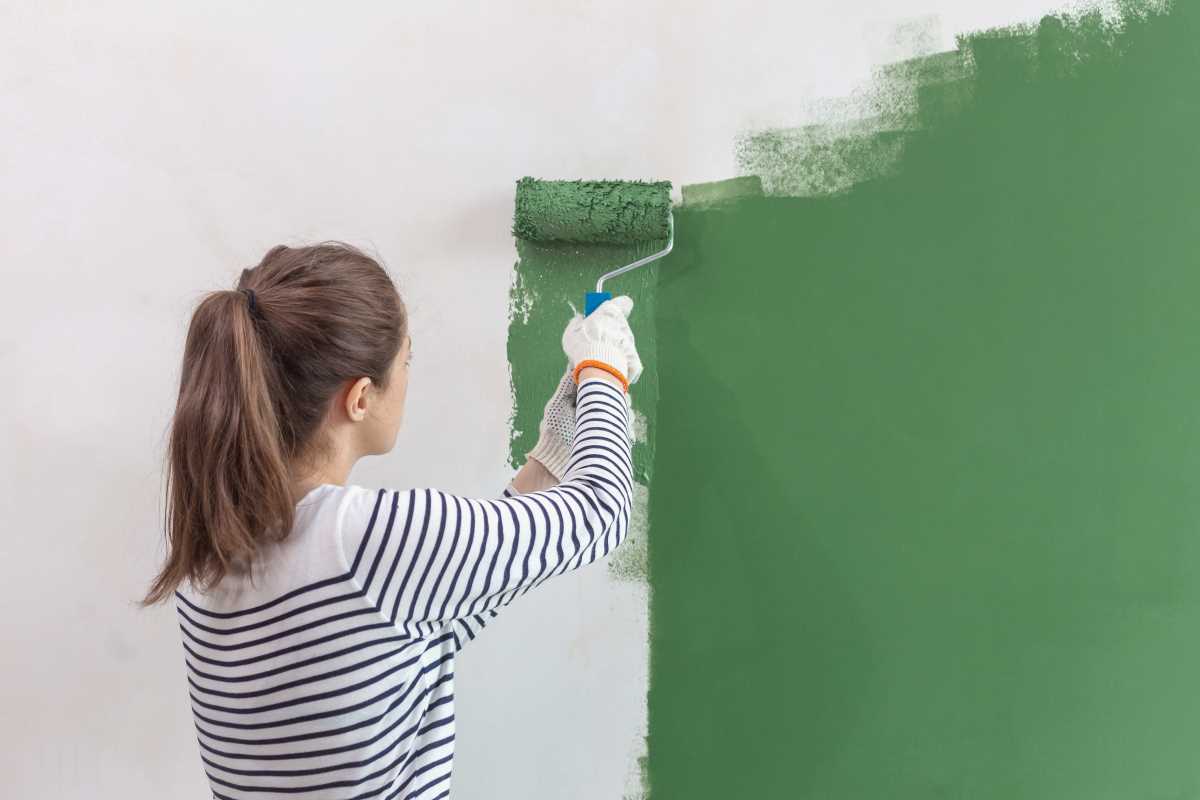When it comes to selecting paints for your home, the choice goes beyond just picking the perfect color. It's a meaningful decision that impacts not only the ambiance of your living space but also the health of our planet. Eco-friendly paints offer a sustainable option for those who value environmental responsibility and personal well-being. Opting for paints that reduce harmful emissions and incorporate renewable materials contributes to a healthier home environment and supports a more sustainable Earth. This thoughtful choice reflects a commitment to both protecting our planet and enhancing the quality of life within your walls.
Benefits of Eco-Friendly Paints
Opting for eco-friendly paints brings a multitude of advantages that extend beyond mere color coverage:
- Healthier Indoor Air Quality: Traditional paints often release volatile organic compounds (VOCs) that can cause respiratory issues and other health problems. Eco-friendly paints typically have low or zero VOCs, which reduces the risk of indoor air pollution.
- Environmental Protection: These paints contain sustainable ingredients and minimize the release of harmful chemicals into the atmosphere, which helps reduce your carbon footprint.
- Durability and Cost-Effectiveness: Many eco-friendly paints are designed to be more durable, offering longer-lasting finishes that lower the frequency of repaints and save money in the long run.
- Safe for Sensitive Individuals: Families with children, pets, or individuals with allergies enjoy the safer formulations of eco-friendly paints, creating a more comfortable living space.
- Biodegradable and Renewable: Made from natural ingredients, these paints often biodegrade and come from renewable resources, which lessens their impact on landfills and natural habitats.
Types of Eco-Friendly Paints
Various eco-friendly paint options exist, each with unique features tailored to different needs and preferences:
- Low-VOC Paints: These paints contain reduced levels of volatile organic compounds, making them a safer choice for indoor environments while still providing vibrant colors and finishes.
- Zero-VOC Paints: Completely free of VOCs, these paints offer the highest level of air quality protection and serve well in sensitive areas such as bedrooms and nurseries.
- Natural Paints: Made from natural ingredients like clay, chalk, and plant oils, these paints biodegrade and lack synthetic chemicals.
- Recycled Paints: Utilizing leftover or repurposed paint, recycled paints lower waste and give new life to materials that might otherwise contribute to landfill growth.
- Plant-Based Paints: Derived from renewable plant sources, these paints provide eco-friendly alternatives with durable and attractive finishes.
Choosing the Right Eco-Friendly Paint
Selecting the appropriate eco-friendly paint involves several factors to ensure it meets your specific needs:
- Assess the Project Requirements: Different areas of your home may require different types of paint. For high-traffic areas, a more durable option like low-VOC or plant-based paints might be preferable.
- Check for Certifications: Look for certifications such as Green Seal or the Environmental Protection Agency’s (EPA) certification to ensure the paint meets established environmental and health standards.
- Consider Color and Finish: Eco-friendly paints come in a wide range of colors and finishes. Ensure the paint you choose fits your aesthetic preferences while providing the desired durability and ease of maintenance.
- Evaluate Brand Reputation: Research brands that specialize in eco-friendly products and read reviews to gauge the quality and performance of their paints.
- Budget Constraints: While some eco-friendly paints might have a higher upfront cost, their durability can offer long-term savings. Balance your budget with the benefits each type of paint provides.
Taking the time to evaluate these factors will help you select an eco-friendly paint that not only beautifies your home but also aligns with your sustainability goals.
Applying and Maintaining Eco-Friendly Paints
Proper application and maintenance of eco-friendly paints ensure a lasting and beautiful finish:
- Surface Preparation: Clean and sand surfaces thoroughly to remove dirt, grease, and imperfections. Proper preparation helps the paint adhere better and last longer.
- Use Quality Tools: Invest in good brushes, rollers, and other application tools to achieve an even and smooth finish, which reduces the need for multiple coats.
- Follow Manufacturer Instructions: Adhere to the recommended drying times and application techniques specified by the paint manufacturer to ensure optimal results.
- Ventilation: Ensure adequate ventilation during and after painting to expedite drying and reduce exposure to any residual compounds.
- Regular Maintenance: Keep painted surfaces clean and inspect them periodically for any signs of wear or damage. Addressing issues early can extend the life of the paint job.
Integrating energy-efficient lighting can complement your eco-friendly paint choices, creating a harmonious and sustainable living environment.
Choosing eco-friendly paints enhances your home's beauty and health while supporting sustainability. Make informed decisions to protect both your home and the planet by selecting paints that align with your commitment to a greener future.
 (Image via
(Image via





